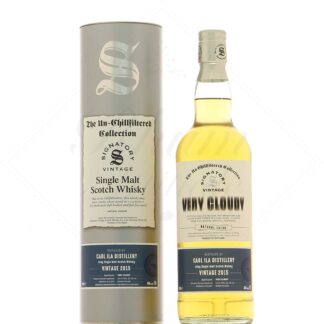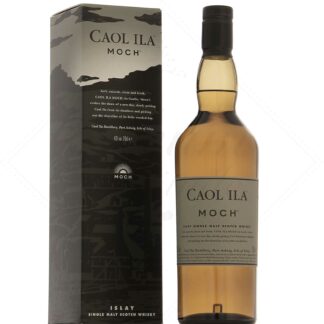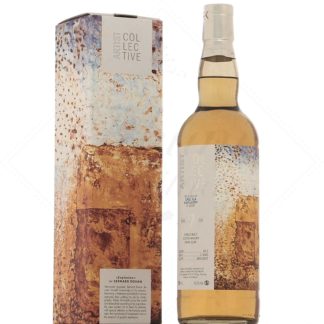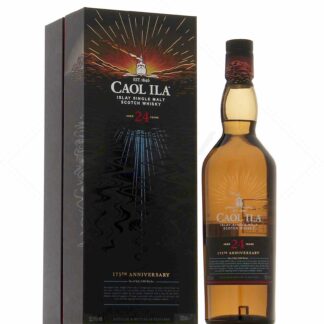Caol Ila

The history of Caol Ila
The Caol Ila distillery is located in the north-east of the Isle of Islay in Scotland. It was Hector Henderson, a Glasgow distiller, who chose its magnificent site, near the Islay Straits, opposite the Isle of Jura. The first stills were installed here in 1846.
In 1854, Caol Ila was taken over by Norman Buchanan, who also owned the Isle of Jura distillery. In 1863, it passed into the hands of Traders Bulloch Lade & Co. The blended whisky market was booming. The company therefore acquired its own peated whisky production unit.
The distillery continued to develop over the years, changing hands several times. It was rebuilt and enlarged. In 1879, it had its own quay from which ships loaded and unloaded goods and whisky. Caol Ila's activity fluctuated according to the financial interests of its successive owners, and it was finally abandoned in 1927.
The factory reopened in 1934, but closed again during the war, which led to restrictions on labor and barley. After the war, the mill resumed operations until 1972, when it was completely destroyed and rebuilt and modernized.
Caol Ila then received 4 more pot-stills than the 2 historic stills, and became Islay's largest distillery. Yet it is little known to the general public, as it only sells its production to blenders.
It wasn't until 2002 that it offered its first official bottlings of single malts, inspired by the success of sister distillery Lagavulin.
Caol Ila whisky
Caol Ila has 6 copper pot stills (3 wash-stills and 3 spirits-stills) from which a peated single malt is distilled. In addition to the official bottlings, Caol Ila distillates can be found in numerous blends. These include Johnnie Walker, and most Compass Box blends.
The fact that Caol Ila whisky is so widely used can be explained by the distillery's size and consequent output. But it's also the consistency of its excellent quality that makes the difference. Its whiskies are elegantly peaty and well-balanced. Precise distillation techniques purify and lighten the distillate.
The distillery is also capable of producing non-peated whiskies, when requested by its parent company Diageo. It then receives barley from Glen Ord, in the Highlands. It then distills a completely different style of malt from its island counterpart. Read less





